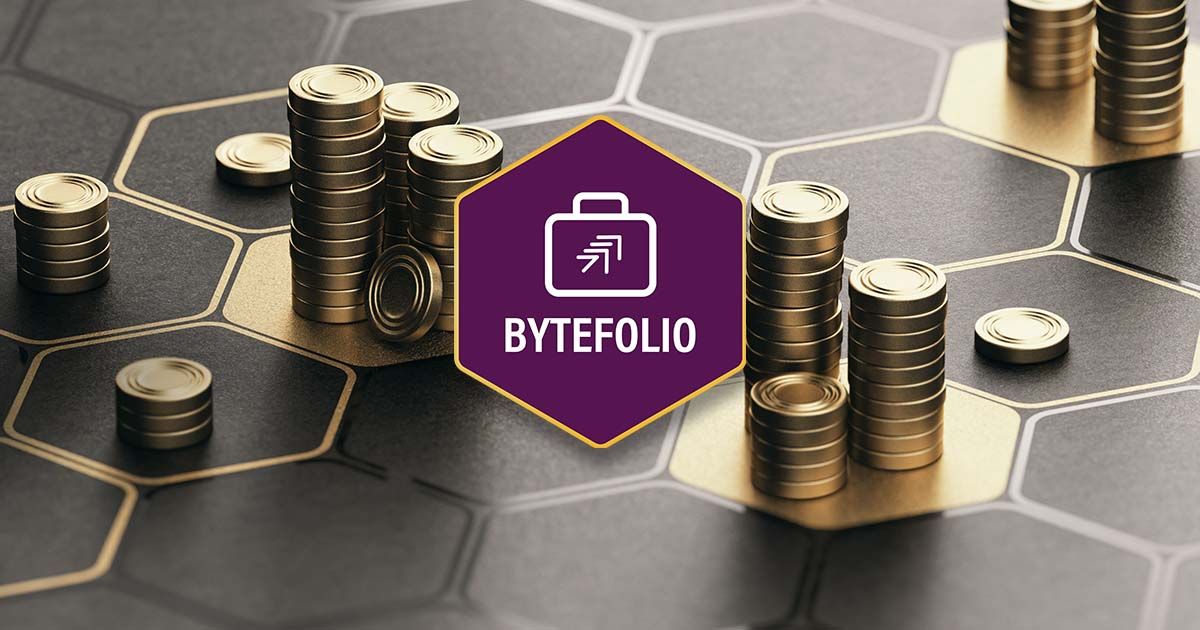Adding to ETH

Disclaimer: Your capital is at risk. This is not investment advice.
ByteFolio Update 59 | ByteTree's Crypto Leaders;
ByteFolio once again tracks sideways, as does the cryptosphere. News has been thin on the ground, although the US debt ceiling resolution generated some noise from the “money-printers go brrrr” brigade. Not that there was ever going to be any other outcome. Debt ceilings always get resolved because the alternative is calamity. Thank goodness for hard money to provide some sort of benchmark.
